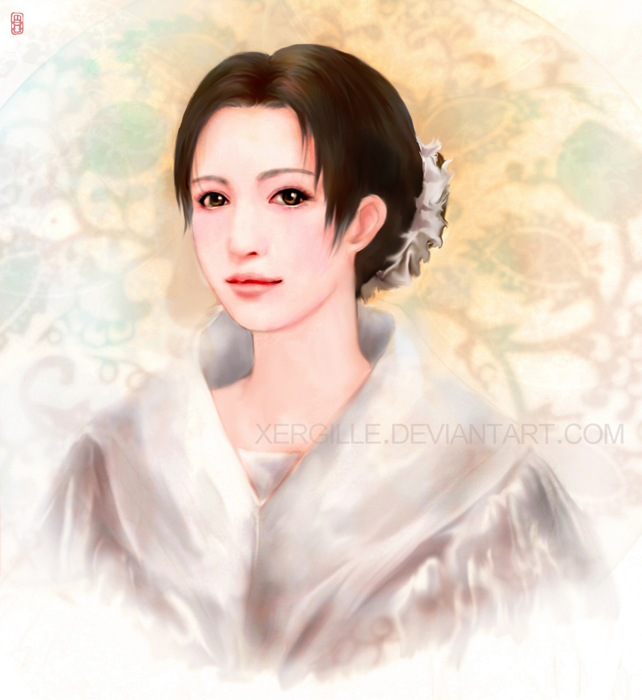This past second semester, I took my first elective: Kasaysayan 118 or History of Women in the Philippines. It was something I never wanted to take, or even expected to. I merely signed for it to accomplish the required 18 units for the semester.
History, for me, was always boring and, above all, masculine in nature (hello, history!). I didn't think I would enjoy the class; more so when I found out on the first day of school that there were only a few of us. As expected, most of us were females, but there were some males who also signed on.
Anyway, to put it shortly, the semester was not what I had thought it would be. I found myself immersed in the lessons and even spent considerable time in the library reading about the topics. Everything was interesting. But what piqued my interest the most was the fact that Filipinas were freer than we believed them to be.
It all began with the "Maria Clara" archetype of the Filipina. This, I say, is not true for all Filipinas. First of all, Maria Clara in Jose Rizal's novels was a privileged young woman: her family was well-to-do. In our discussions, my professor, Ms. Maria Luisa Camagay, said that women from the lower classes enjoyed more freedom than the nobility. It would seem that the effort of the Spanish conquistadors to restrain the woman was not entirely successful. Take for example the cigarreras of the 19th century. Considered to be the first manual laborers, they held a job, received their salary, and were subject to sanctions. There was even documentation of a strike arranged by the cigarreras. They were fighting for an increase in wages.
While the noble women of the time brushed their hair, trimmed their nails, and ate sparingly, others were fighting for their rights as women - as working women.
Also, during the pre-colonial period, the Filipina was prominent in the barangay. The babaylan or the catalona were important figures during that time. Women also exercised certain rights over men with regard to marriage (the man paid the dowry to the woman's family), sex, religion, etc.
 So, in spite of the Maria Clara image thrust upon women, I would like to believe that the Filipina is not the timid woman in fancy clothes. I would like to believe that she is a warrior.
So, in spite of the Maria Clara image thrust upon women, I would like to believe that the Filipina is not the timid woman in fancy clothes. I would like to believe that she is a warrior.Perhaps the freedom women enjoyed during the pre-colonial period can never be fully regained. However, my advocacy is this: that women and men be treated equally, with no one above the other. While women today enjoy the same luxuries as men, we still have a long way to go to attain that state. More must be done - women must be made aware of their rights, and that they can do something about their condition.
(By the way, I really recommend the Kas 118 subject!)
Images from:
https://blogger.googleusercontent.com/img/b/R29vZ2xl/AVvXsEjnLnJ0z-SvIDDYlkvzWkXaE4Gy9rq7RKRN0wsyAX0CcyEd-TKBwnwG6tiSFQKN52CbagaoWCApmPRoLau7yEba8KXVqsX1vR9fP5uyc-OuIA4uppNguWGbs5jwU8bEySCyLYtfcel_B2rd/s320/gabriela+silang+philstar+com.jpg
http://fc07.deviantart.net/fs16/f/2007/126/1/b/Maria_Clara_by_Xergille.jpg


No comments:
Post a Comment